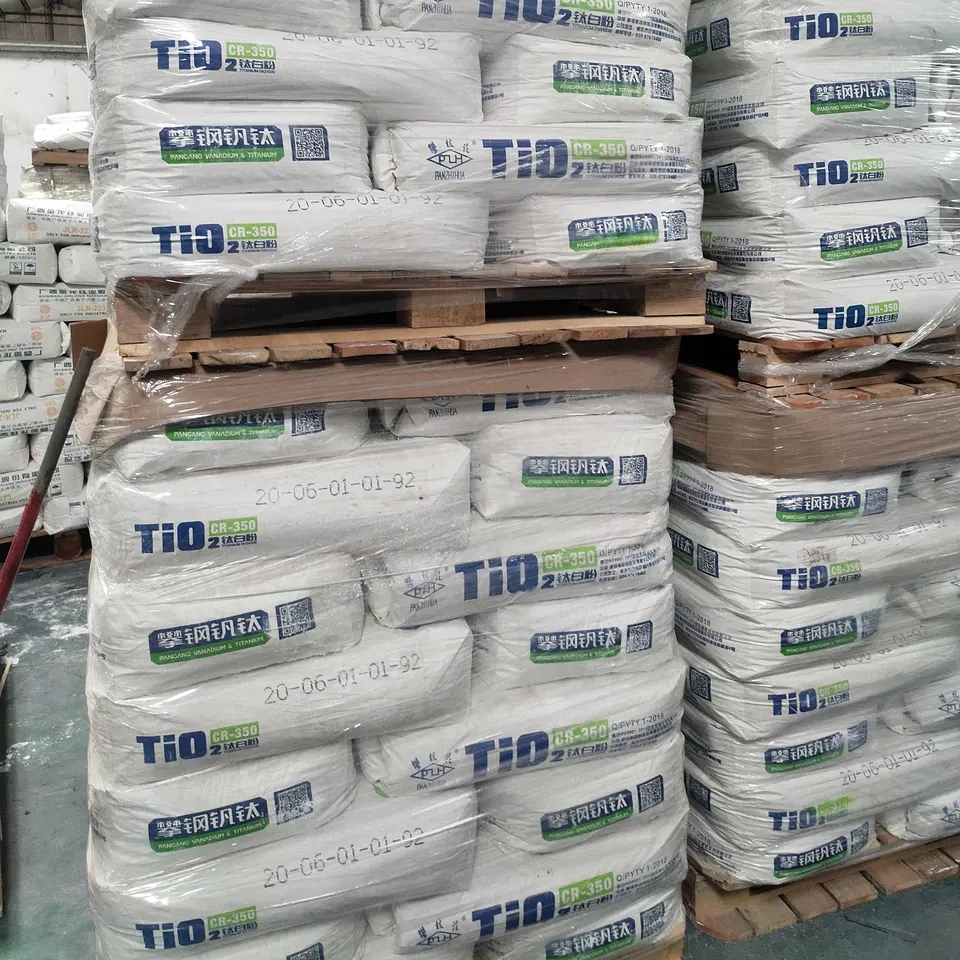
Dec . 06, 2024 12:07 Back to list
Titanium Dioxide Production Through the Chlorination Process for Enhanced Performance and Efficiency
The Chlorination Process for Titanium Dioxide Production
Titanium dioxide (TiO₂) is a widely used white pigment that finds its applications in various industries, including paints, plastics, paper, and cosmetics. The demand for high-quality TiO₂ has led to the development of several manufacturing processes, one of which is the chlorination process. This paper explores the chlorination process for producing titanium dioxide, discussing its significance, methodology, benefits, and environmental considerations.
Significance of Titanium Dioxide
Titanium dioxide is highly valued for its exceptional properties, including high refractive index, UV resistance, and opacity, making it an ideal choice for use in coatings and as a pigment. The global TiO₂ market is expanding rapidly due to increasing applications in emerging industries, thereby necessitating efficient production methods.
Overview of the Chlorination Process
The chlorination process is an innovative technique used to produce titanium dioxide from titanium-bearing ores. Traditionally, TiO₂ production involved the sulfate process or the chloride process, with the latter gaining prominence due to its efficiency in producing high-purity titanium dioxide.
1. Raw Material Preparation The process begins with the selection of titanium-containing raw materials, such as ilmenite or rutile. These ores are first treated to remove impurities, resulting in a more concentrated titanium feed.
2. Chlorination The purified titanium feed is then reacted with chlorine gas and carbon, typically in a fluidized bed reactor. The chemical reactions occurring during this stage generate titanium tetrachloride (TiCl₄), a key intermediate in TiO₂ production. The process generally occurs at elevated temperatures, around 1000 to 1200°C, to facilitate the reaction. The reaction can be summarized as follows
\[ \text{TiO₂} + \text{Cl}_2 + \text{C} \rightarrow \text{TiCl}_4 + \text{CO}_2 \]
3. Purification The produced TiCl₄ contains impurities that need to be removed. This is done through a distillation process to obtain high-purity titanium tetrachloride.
chlorination process titanium dioxide

4. Oxidation Finally, the purified TiCl₄ is oxidized, typically by reacting it with oxygen at high temperatures, resulting in the formation of titanium dioxide. This step can be represented as follows
\[ \text{TiCl}_4 + \text{O}_2 \rightarrow \text{TiO}_2 + \text{Cl}_2 \]
5. Finishing and Packaging The resulting TiO₂ is then cooled, milled, and prepared for packaging. Depending on the intended application, the final product may undergo additional surface treatments to enhance its performance characteristics.
Benefits of the Chlorination Process
The chlorination process offers several advantages compared to traditional methods
- Higher Purity The chloride process yields higher-purity TiO₂, essential for industries that require superior performance materials. - Cost-Effective Although initial capital investment might be high, the overall operational costs can be lower due to reduced energy requirements and higher yield rates. - Environmental Benefits The efficient utilization of raw materials and the recycling of chlorine contribute to lower environmental impacts compared to the sulfate process.
Environmental Considerations
While the chlorination process is more efficient, it is essential to consider its environmental implications. The production of chlorine and the management of hydrochloric acid (a byproduct) need careful handling to minimize risks. Additionally, the process should adhere to strict regulations to mitigate air and water pollution.
Conclusion
The chlorination process for titanium dioxide production represents a significant advancement in manufacturing techniques, offering high purity and economic advantages. As the demand for titanium dioxide continues to grow, understanding and optimizing this process is crucial for meeting industry needs while also addressing environmental concerns. Innovations in this sector could lead to more sustainable practices, ensuring that titanium dioxide remains a vital component across various applications in the modern world.
-
Premium 6618 Titanium Dioxide for GPT-4 Turbo Applications
NewsJul.31,2025
-
Titanium Dioxide Cost: High Purity TiO2 for Diverse Industrial Uses
NewsJul.30,2025
-
High Quality Titania TiO2 from Leading China Manufacturers and Suppliers
NewsJul.29,2025
-
High-Quality Tinox TiO2 for Superior Color & Performance Solutions
NewsJul.29,2025
-
High Quality Titania TiO2 from Leading China Supplier & Manufacturer
NewsJul.29,2025
-
High-Performance r6618 TiO2 for Superior Whitening and Versatility
NewsJul.28,2025
